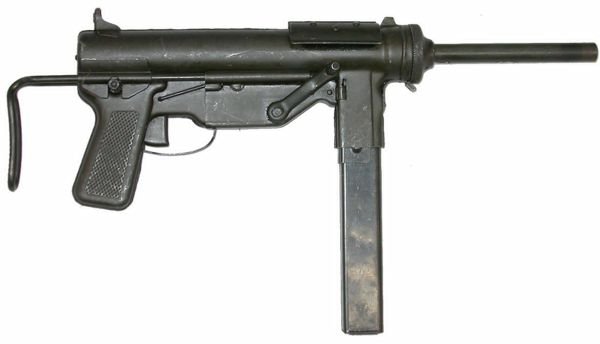Which weapon do you think is the most useful for all round army purpose? It seems like the M4 carbine type is getting increasingly popular, while the older M16 is getting fased out.
I've used both, and I found that the M4 is simply easier to move around with. It's especially handy when you're mounted on a vehicle, and accurate enough even on 400 meters. However, if the wind is blowing hard, you have to compensate more than with a M16, and the M16 does more dammage due to the increased barrel lenght. The latter being especially important, since reports from Iraq and Afghanistan complain about the stopping power of the M4. Enemies would just continue to fight, unless hit in the vital organs or the head.
But these are just my thoughts, and since Im far from being an expert, Im interested in other opinions.
The M4 is light and compact.

The M16 is longer and heavier, but more accurate and powerful.

I've used both, and I found that the M4 is simply easier to move around with. It's especially handy when you're mounted on a vehicle, and accurate enough even on 400 meters. However, if the wind is blowing hard, you have to compensate more than with a M16, and the M16 does more dammage due to the increased barrel lenght. The latter being especially important, since reports from Iraq and Afghanistan complain about the stopping power of the M4. Enemies would just continue to fight, unless hit in the vital organs or the head.
But these are just my thoughts, and since Im far from being an expert, Im interested in other opinions.
The M4 is light and compact.

The M16 is longer and heavier, but more accurate and powerful.





